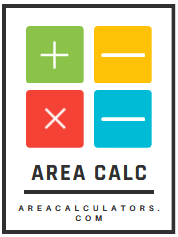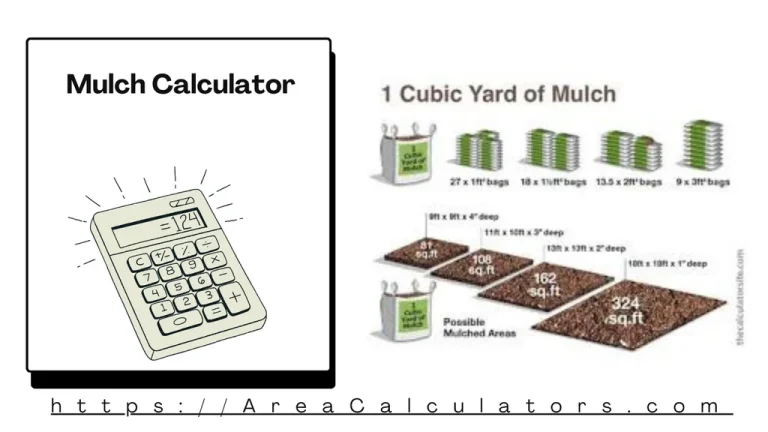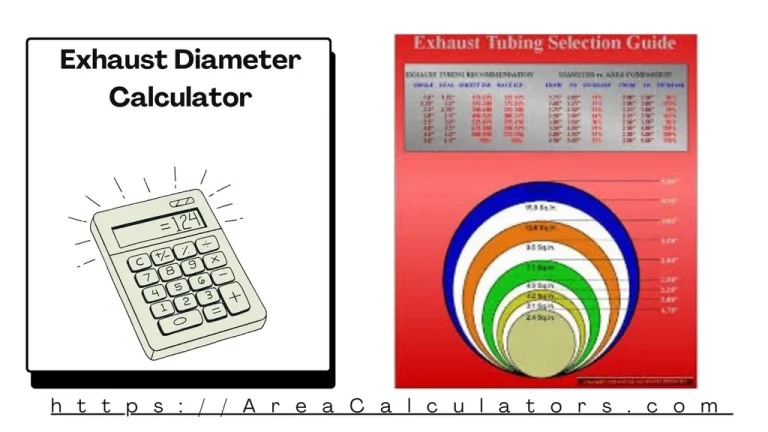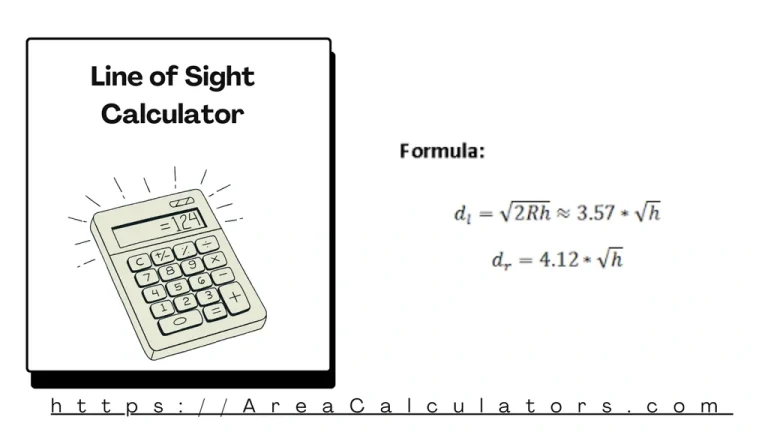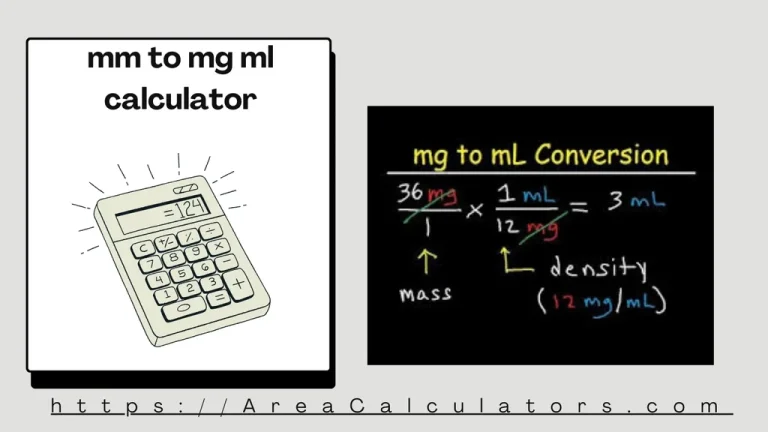Water Drip/Leak Calculator
To calculate water lost due to a drip or leak, multiply the number of drips per minute by 1440 (minutes in a day) and then adjust using conversion factors to express the result in gallons or liters.
The Water Drip/Leak Calculator helps you estimate the amount of water lost due to drips or leaks over time. A seemingly minor leak, such as one drip per second, can lead to significant water wastage, impacting your water bills and the environment.
Formula
WL = (D/min ∗ 1440 ∗ F) / 15140
| Variable | Description |
|---|---|
| WL | Water lost (gallons/day) |
| D/min | Drips per minute |
| F | Conversion factor for drip size |
Solved Calculations
Example 1: A faucet drips 20 times per minute with a 0.25 mL drip size
| Step | Value |
|---|---|
| Drips per minute | 20 |
| Conversion factor | 0.25 mL/drip |
| Water lost (WL) | (20 ∗ 1440 ∗ 0.25) / 15140 = 0.475 gallons/day |
Example 2: A faucet drips 40 times per minute with a 0.5 mL drip size
| Step | Value |
|---|---|
| Drips per minute | 40 |
| Conversion factor | 0.5 mL/drip |
| Water lost (WL) | (40 ∗ 1440 ∗ 0.5) / 15140 = 1.896 gallons/day |
What is Water Drip/Leak Calculator?
The Water Drip/Leak Calculator is an innovative tool that helps you estimate the amount of water lost through leaks or dripping faucets.
By factoring in the rate of drips per second or minute, this calculator determines the volume of wasted water in liters or gallons over a specific time period.
For instance, if your faucet drips once every second, the calculator can reveal how many gallons of water are lost daily or monthly. This tool is highly beneficial for assessing water wastage, understanding the environmental impact, and estimating the cost of wasted water.
Whether it’s a minor drip or a significant water leak, this calculator aids in identifying potential savings through timely repairs.
Ideal for both residential and commercial use, it is especially useful for monitoring water main leaks, drops per minute, or determining how much water a dripping tap wastes in a day.
Final Words:
To sum up, the Water Drip/Leak Calculator empowers users to conserve resources by quantifying water wastage effectively. It is a practical tool for promoting sustainability and reducing unnecessary expenses.
